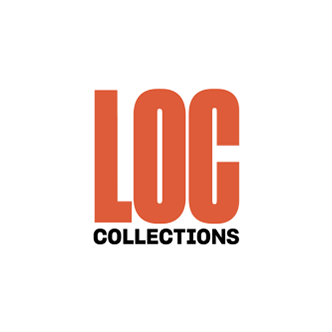




مشخصات اثر
تاریخ: ۱۶۰۱ میلادی - ۱۹۰۰ میلادی
کاربرد:آثار خطی و چاپی
رشتهٔ هنری:خوشنویسی، صفحهآرایی
همزمان با:قاجاریان
مشخصات اثر در کتابخانهٔ کنگرهٔ ملی آمریکا
خوشنویسی سیاه مشق عصر قاجار بر اساس خط نستعلیق قرن نوزدهم. فیلمنامه شکسته (شکسته). تعدادی دیگر از ورقه های مشق مشق در کتابخانه کنگره نگهداری می شود. به طور خاص به ۱-۸۴-۱۵۴.۴۴، ۱-۸۷-۱۵۴.۴۵، ۱-۸۴-۱۵۴.۴۶، ۱-۸۵-۱۵۴.۸۸، ۱-۸۷-۱۵۴.۱۴۲ مراجعه کنید. تعدادی ورقه مشق سیاه که در اواخر قرن هفدهم توسط استاد بزرگ خط نستعلیق ایرانی، عماد الحسنی (متوفی) اجرا شد.۱۰۲۴/۱۶۱۵)، با طلا تزئین شده، در آلبوم ها (مراقعات) نگهداری شده و توسط محمد هادی حدوداً تذهیب شده است. ۱۱۶۰-۱۱۷۲/۱۷۴۷-۱۷۵۹ (آکیموشکین ۱۹۹۶: ۶۵، ۸۷، و ۹۱). (ترجمه ماشینی از فرادادههای ناشر)

